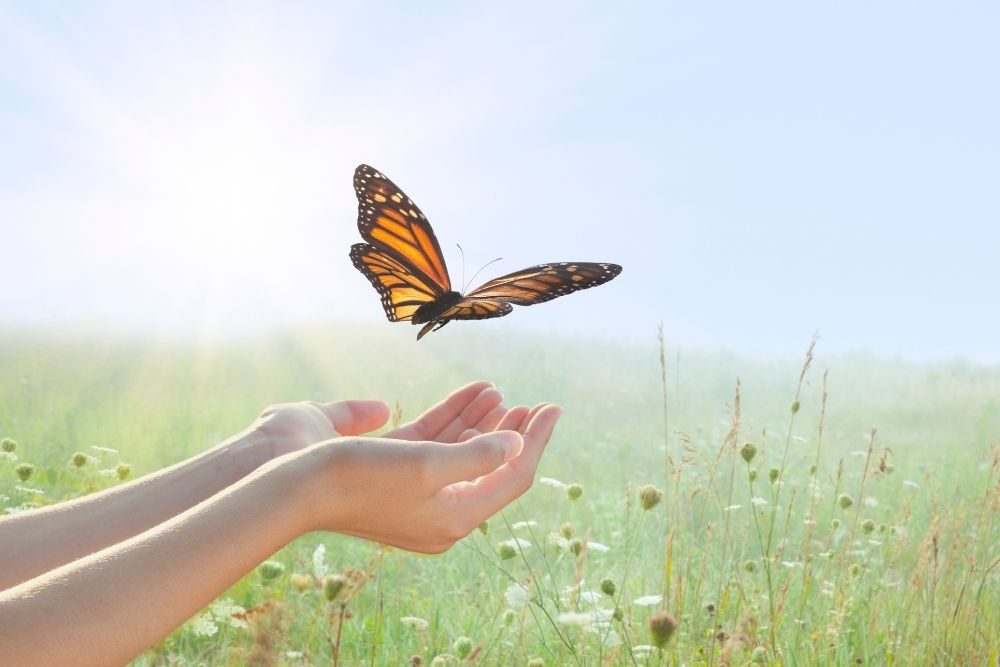
Butterfly gardening is more than a hobby; it’s a means to revitalize ecosystems and help diminishing pollinator numbers. Understanding your USDA growing zone and choosing plants that flourish in your individual climate is an important consideration that is frequently overlooked. By aligning your garden with your zone, you not only assure your plants’ health and success, but also increase their attractiveness to butterflies and other beneficial insects. Let’s look at why knowing and cultivating plants for your USDA growing zone is essential for a successful butterfly garden.
Climate Adaptability
Plants have different temperature and climate preferences. When you choose species native to or acceptable for your USDA growth zone, you are essentially choosing plants that are adapted to thrive in your local environment. Because of this adaptability, they are better able to tolerate temperature swings, seasonal changes, and harsh weather events, providing butterflies with a consistent and predictable food source throughout the year.
Optimal Growing Conditions:
Plants that are appropriate for your USDA zone are more likely to grow quickly and blossom abundantly. They have evolved to thrive in the precise soil types, sunshine levels, and precipitation patterns unique to your area. As a result, they require less upkeep and are less prone to pests and diseases, allowing you to build a colorful and vibrant butterfly garden.
Conservation of Native Species:
Choosing native plants for your butterfly garden is critical to preserving local biodiversity. Native species have developed with native pollinators, including butterflies, and now provide critical habitat and food sources for them. Cultivating native plants that are appropriate for your USDA planting zone not only benefits butterflies but also helps to maintain the delicate balance of your local ecology.
Butterfly Preferences:
Different butterfly species possess different nectar and larval host plant preferences. You can design your garden to meet the needs of butterflies in your area by learning about their preferred plant species. This tailored method boosts your chances of attracting a varied range of butterfly species to your garden, improving its attractiveness and ecological value.
Sustainable Gardening Practices:
Focusing on plants appropriate for your USDA growing zone encourages sustainable gardening techniques. Native plants use fewer resources, such as water and fertilizer, because they are adapted to their surroundings. They also help to support local species such as butterflies, birds, and beneficial insects, resulting in a resilient and ecologically balanced garden ecosystem.
In the world of butterfly gardening, information really is power. Understanding your USDA growing zone and selecting plants that thrive in it is the first step toward creating a successful and long-lasting butterfly garden. Cultivating plants suitable to your local environment not only keeps your garden healthy and vital but also helps to conserve native species and promote biodiversity. So roll up your sleeves, learn about your USDA growing zone, and watch your butterfly garden transform into a haven of beauty and life.


